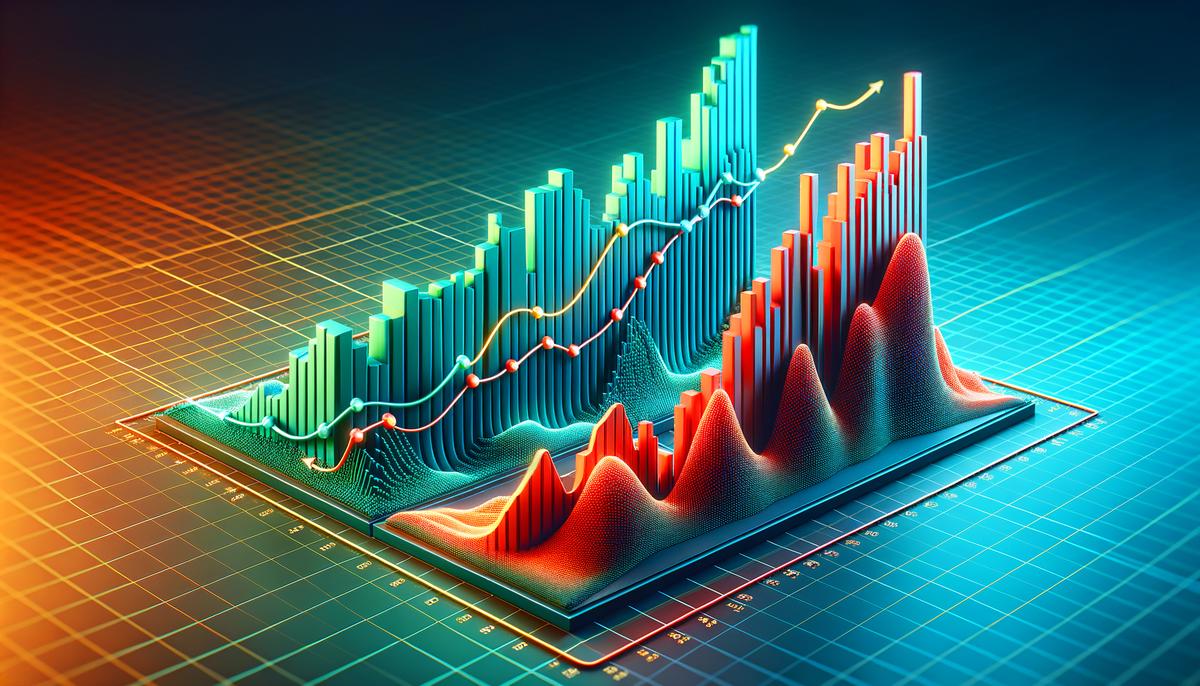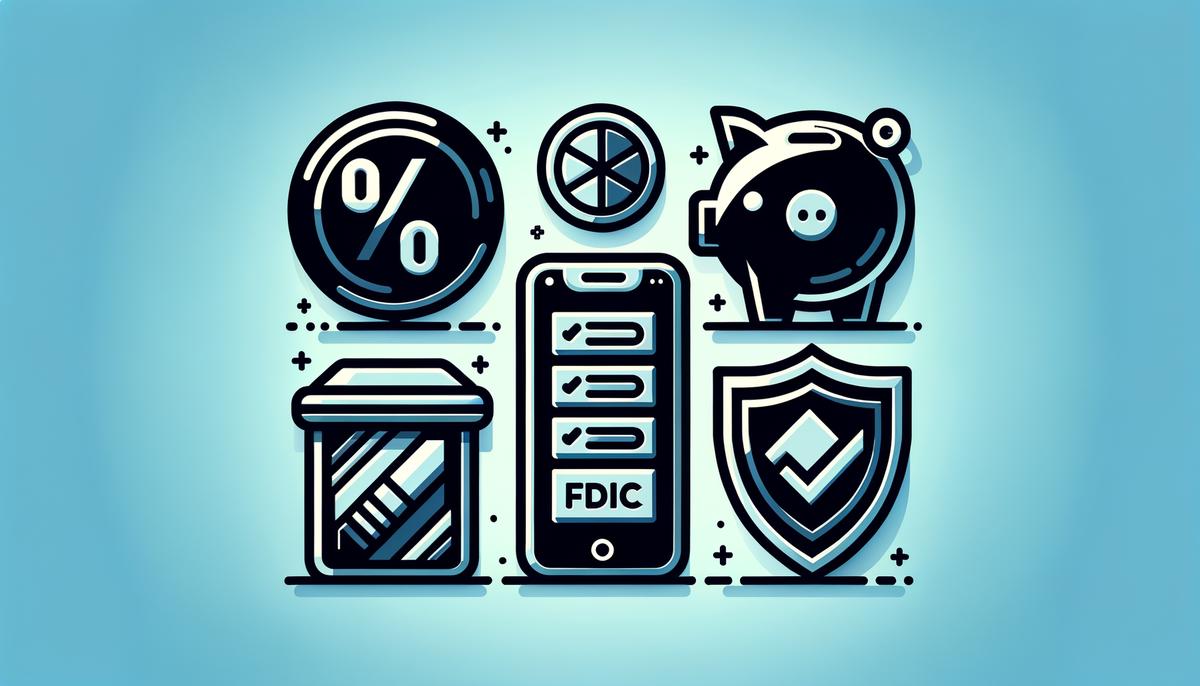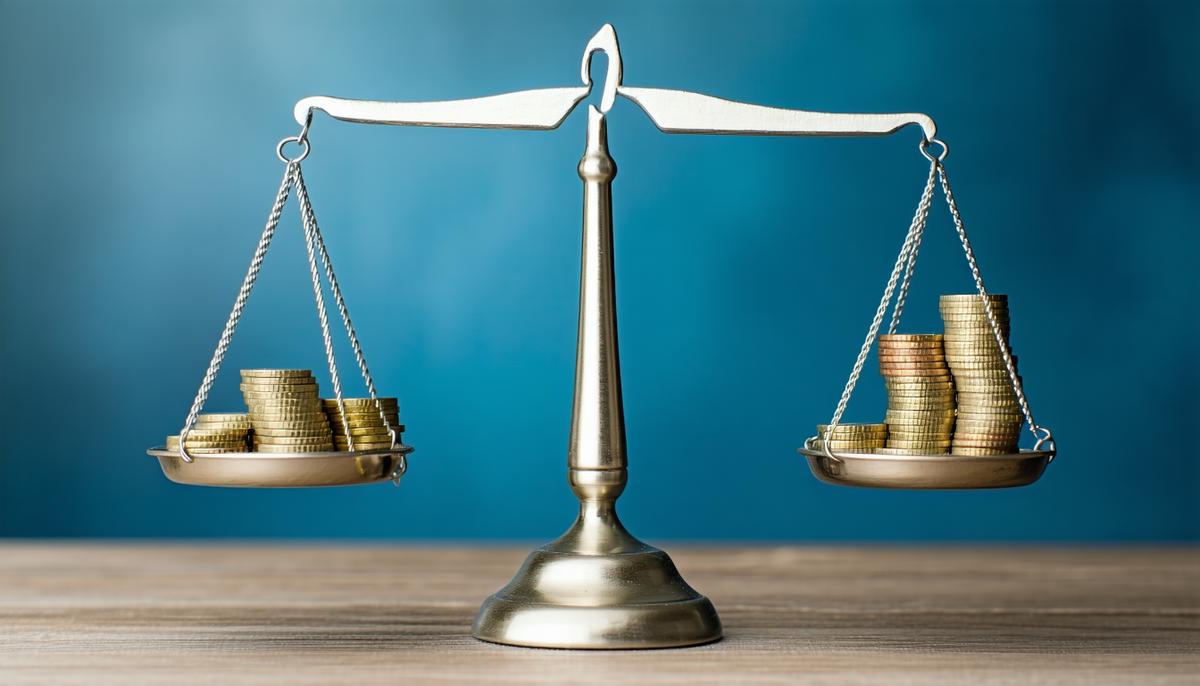Understanding High-Yield Savings Accounts
High-yield savings accounts offer significantly higher APYs compared to traditional savings accounts, often exceeding 4% versus the average 0.41%. This difference allows for more substantial growth of savings over time due to compound interest.
Key features of high-yield savings accounts include:
- Low risk: Funds are protected in FDIC-insured banks up to federal limits.
- Liquidity: Easy access to funds, though some withdrawal limits may apply.
- Higher returns: Better protection against inflation compared to traditional savings accounts.
When comparing accounts, consider:
- APY rates and any tiered structures
- Minimum balance requirements
- Account features like remote deposit and mobile app functionality
- Withdrawal limits and fees

Evaluating the Best High-Yield Savings Accounts
When selecting a high-yield savings account, prioritize:
- APY: Look for rates consistently above 4%.
- Minimum balance requirements: Some accounts have no minimums, while others may require substantial initial deposits.
- Withdrawal limits: Check for any restrictions on accessing your funds.
- Accessibility: Consider whether you prefer online-only banks or institutions with physical branches.
- Fees: Avoid accounts with monthly maintenance fees or high penalty charges.
- Insurance: Verify FDIC coverage for added security.
Balance these factors based on your financial needs and preferences to find the optimal high-yield savings account for your situation.

Top High-Yield Savings Accounts of 2025
Leading high-yield savings accounts for 2025 include:
| Bank | APY | Minimum Deposit |
|---|---|---|
| Axos Bank ONE | 4.66% | No minimum |
| BrioDirect | 4.50% | $5,000 |
| Newtek Bank | 4.35% | No minimum |
Online banks typically offer higher rates than traditional banks due to lower operational costs. However, traditional banks may provide better in-person services and easier access to physical branches, albeit with lower interest rates, usually around 0.41% to 1%.
Consider your priorities regarding online versus in-person banking when choosing between these options. Ensure your selected account is insured by the FDIC or NCUA for added security.

Alternatives to High-Yield Savings Accounts
Other options for savings and investments include:
- Money Market Accounts:
- Competitive yields
- Higher minimum balance requirements
- Check-writing and debit transaction capabilities
- Some withdrawal limits
- Certificates of Deposit (CDs):
- Fixed interest rates for set terms
- Potentially higher rates than HYSAs
- Limited liquidity with early withdrawal penalties
- Consider CD laddering for flexibility
- Interest-Bearing Checking Accounts:
- Lower yields compared to HYSAs or CDs
- Unlimited transactions
- Suitable for daily operational funds
Each alternative offers different benefits in terms of yield, liquidity, and access. Choose based on your financial strategy and goals.

The optimal savings approach depends on individual financial goals, risk tolerance, and liquidity needs. Evaluate each option carefully to determine the best fit for your financial strategy.
- FDIC National Rates and Rate Caps. February 18, 2025.
- Vanguard Cash Plus Program. March 26, 2025.
- Business Insider. Best Roth IRA Accounts. March 28, 2025.
- CNBC Select. Best Roth IRA Accounts. 2025.